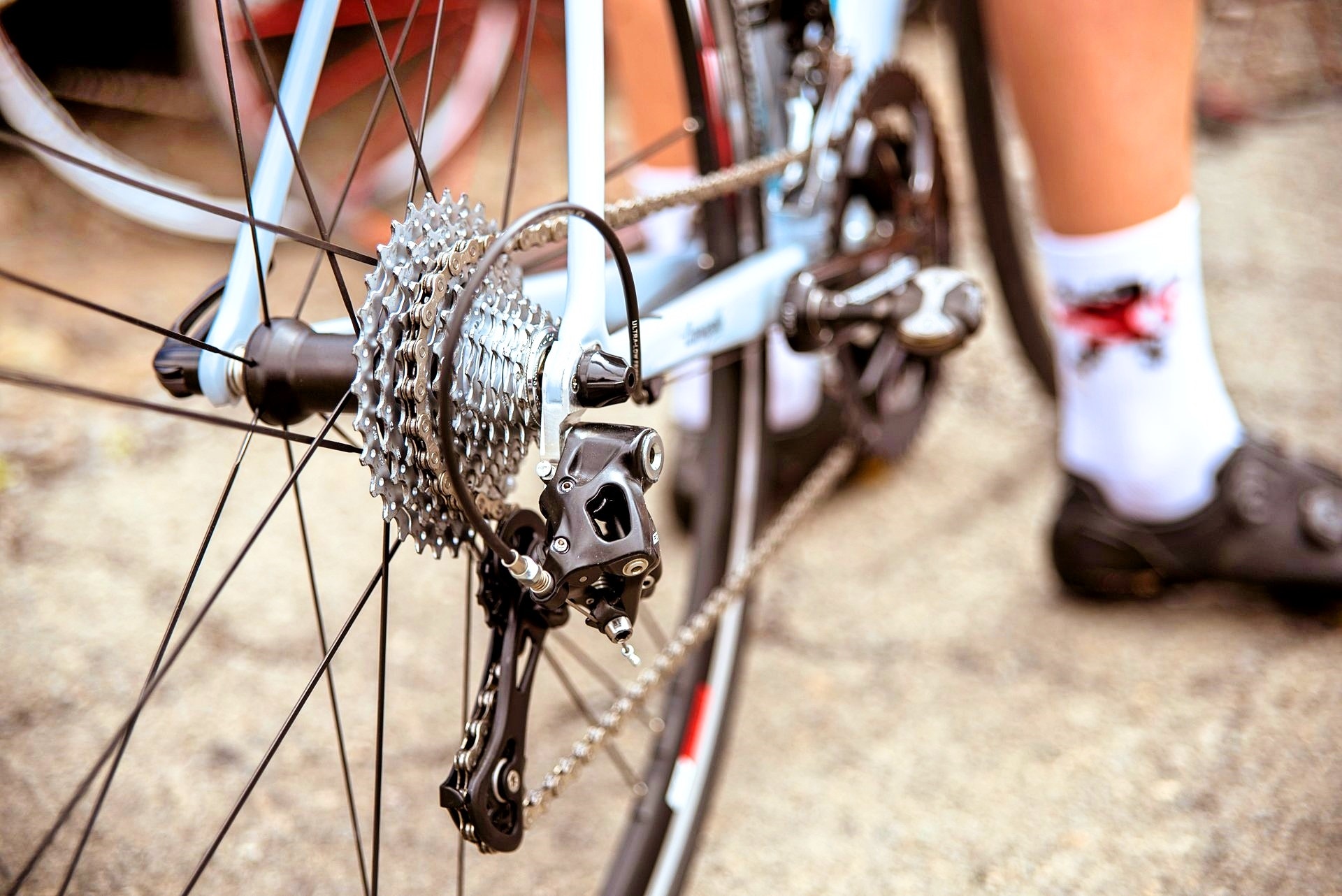 Posted On
Posted On
Guide on how to shift cycle gears
 Posted On
Posted On
If you are an unaccustomed cyclist, the thought of shifting cycle gears is often confusing. It will appear easier to ride without using these gears. However, you won’t go long so much if you avoid using your gears literally. Cycles have gears thus you’ll be able to pedal well regardless of the track, creating your rides easier and a lot of fun. Thus, here is a handy guide that comes with everything you would like to understand concerning however and once to shift cycle gears. Women’s cycles nowadays are also designed with gears.
Knowledge about shifters:
Typically, the left-hand shifter changes the front bike gears, and also the one on the right controls gears in the back. If you get rattled on the fly, bear in mind this mnemotechnic device: “right equals rear.” For bikes that solely have one chainring within the front also referred to as “1x” or “one-by”, you may solely have a right-handed shifter. Unless you engineered your cycle for the rear to be shifted on the left facet. Completely different brands of shifters all operate slightly otherwise; however, all shifters are intuitive. Consult your cycle support at the time of purchase on how your cycle work or just move your cycle, make certain to pedal and push your shifters. These can help you realize how your shifters work. Additionally, make sure that your cycle has good cycle lights.
Play with gears:
Most double-geared cycles have one, two, or three chainrings within the front and anyplace from seven to twelve gears or cogs in the rear. Moving the chain from the littlest rear cog to the biggest eases your pedaling effort incrementally. Moving it between the chainrings within the front ends up in a lot of noticeable change. Pedaling feels easier during a smaller chainring and more durable during a larger one. Cyclists pay most of their time shifting the rear gears to seek out their cadence sweet spot. Women’s cycle also has all these facilities and can be used even for high speeds. It’s better to use all the gears just to get practice.
Bottom line:
You want to shift to a better gear on hills or once you’re riding into the wind, use tougher gear on flats or if the wind is processing from behind. Once doubtful, shift before the piece of ground changes, particularly on hills. Don’t wait till you are able to feel the incline kick in before you shift, shift gears in anticipation of the incline. Once you shift, keep pedaling however ease abreast of the pedals, particularly on hills. If you’re pushing onerous or if you stop pedaling fully, the chain might skip or fall off. Once you are feeling easier, you’ll be able to begin twiddling with completely different cycle gears in numerous things. Once riding uphill or into an air current, it’s best to use the tiny or middle front chainring and greater rear cogs. Once riding downhill, it’s best to use the larger front chainring and a variety of the smaller rear cogs. Once riding on a flat piece of ground, it’s best to use the center or huge front chainring and a variety of rear cogs. Having cycle lights would be best for a safe ride.







